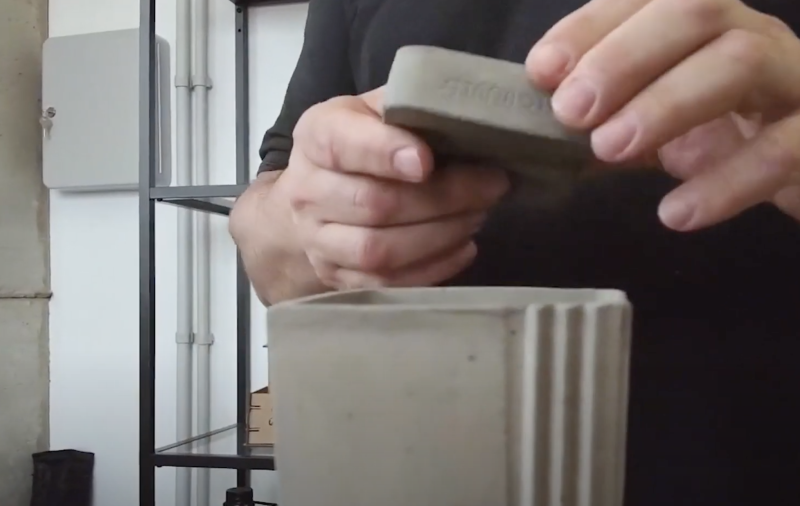The Circular Economy in the Agri-food Sector
13 December 2022
The agri-food sector must adopt business models based on the concept of Circular Economy to successfully face current challenges. To this end, different good practices have been identified to facilitate the transition to the circular economy for companies.
ecodesign
One of these good practices is ecodesign, the cornerstone of the circular and multisectoral economy. Making sustainable packaging that is better recycled or introducing regenerated materials is what makes it possible to close the production circle. For this, it is essential to work from prevention before the waste is generated.
An example of this practice can be found in Aceites Alguijuela. This mill located in Torremayor has designed its packaging so that once it is used, it can be kept for another use, or become a cardboard product that is recycled.
The benefits from the application of ecodesign go beyond those related to the production and reduction of emissions:
-Items of higher quality, more versatile and durable. Labeled title -Happier consumers, before more attractive products that satisfy the demand of an increasingly demanding public.
-Differentiation in the market, sustainable products have an added value that distinguishes them from the competition.
industrial symbiosis
Another good practice in circular economy is Industrial Symbiosis. It consists of the association of companies or production units from different sectors, which link their production processes together to improve the use of resources and reduce their environmental impacts.
The main characteristic is the shared management and exchange of resources such as energy, water, materials and by-products. In this way, what is waste for one company can be raw material for another, optimizing the management of resources in each industry. All of this represents an opportunity for collaboration between companies to generate new business lines from surplus resources.
In some cases it will even be necessary to carry out an R+D+i project to generate knowledge about some type of symbiosis not previously studied.
We can find three types of industrial symbiosis:
-Mutual synergies: based on the shared use of common services, facilities or infrastructure.
-Substitution synergies: based on the reuse of residual flows or currents - Genesis synergies: related to the creation of a new activity to satisfy flow reuse needs.
The results are more than clear, increased income and reduced costs and waste. Industrial symbiosis is a complete win-win strategy.












